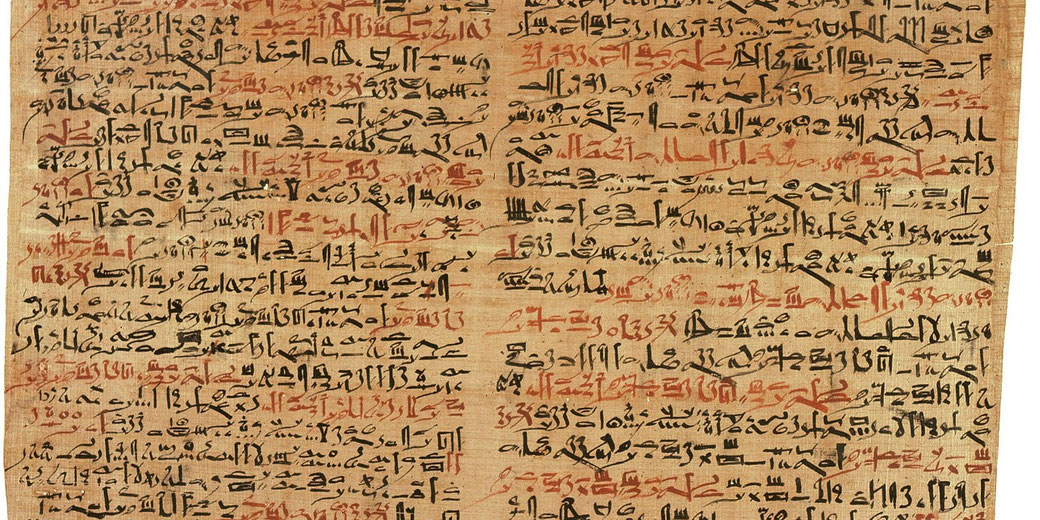
Do you feel like you should be doing more source criticism in your History lessons but not sure how? It can be surprisingly simple to do!
Let’s face it: teaching the critical use of sources is tough. This is primarily because it seems to take a lot of work to create a lesson based around source material.
First of all, you need to find the sources, which usually takes a significant time, and it can be frustrating trying to find sources from various perspectives that are intelligible to our students.
Secondly, it is difficult trying to think up good questions or engaging activities that get students to provide substantial answers. Finally, it is difficult to know whether each and every student has genuinely understood what it means to ‘think critically’.
So with all of this work, and little guarantee of solid results, it is no wonder that teachers tend to avoid lessons based upon source work and choose instead to focus on lessons that convey historical information.
However, it doesn’t need to be this way. Source-based lessons can be fun experiences for both the teacher and the students. Also, such lessons needn’t require you to find a plethora of sources beforehand to ensure a successful result. And, when done well, source lessons can become one of the highlights of any unit of work.
A Simple Approach
Here are some tips to help create a source criticism lesson:
Tip 1: Less is more
You don’t need a lot of prepared sources to fill a lesson. A single, well-chosen source can generate enough discussion that you can often run out of time. The best advice is to find one quote of sufficient length (usually a single paragraph) from an important source. If you can, find a quote that has something inherently interesting about it. (Herodotus’ discussion about flying snakes is a good example).
Tip 2: Comprehension and Interpretation
Spend genuine time deconstructing meaning from the quote. In groups, or in class discussion, read through the exact words of the source and paraphrase what is being said.
Tip 3: Structure Analysis
Provide a structured approach to the analysis of the source. This can be a prepared worksheet (like this one from HistorySkills.com) or something similar. They need to find out who the author was, when it was created, what perspective it is from, etc. Allow students a solid block of time to find answers to these questions. Often Google, Wikipedia or textbooks can be great sources of information in order to answer them.
Tip 4: Vocal Evaluation
Based upon what the students found in their analysis, create an open discussion about the merits or criticisms of the source regarding accuracy and reliability. Encourage students to have alternate opinions but force them to base their conclusions upon what they found during their source analysis.
Tip 5: Write it down!
To cement understanding, get the students to write their evaluations of the source down, backing up their points with analysis. This is great opportunity for structured paragraph writing practice.
Give it a go
Even using these five simple tips, you will be pleasantly surprised how quickly your lesson will fly by and how good discussion will be. I think you will even start wondering why you didn’t include more source lessons into your unit plans before!







Write a comment
uknown uknown (Sunday, 06 March 2022 19:40)
This is really helpful thank you!
Oliver Manger (Tuesday, 24 May 2022 07:32)
I really understand the implications of this source!